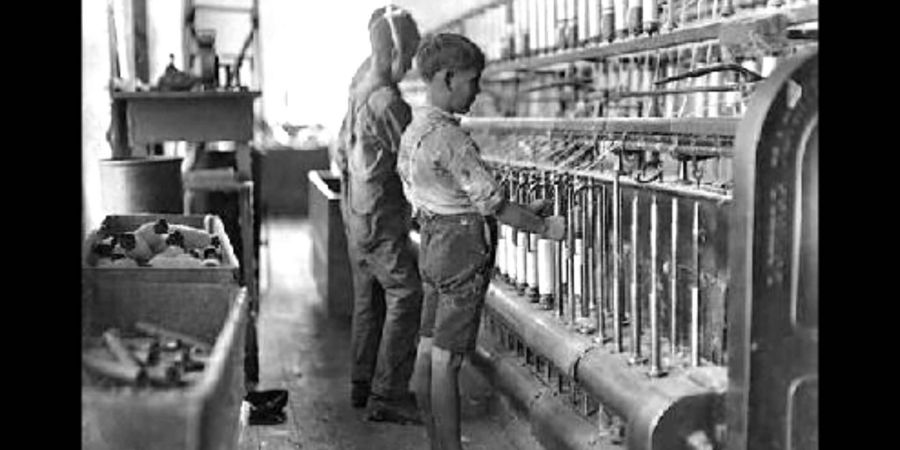

Hello guys, I am writing a blog after a long time, as I told you I had COVID, I was fine but due to a weakness issue, I am not able to write but Now I am totally fine and from now on, I will write every day or I really hope you guys support me as you all did before.
So, let's jump into the topic
Today, we discuss 2nd part of the 1st industrial revolution. we focus on inventions in the “TEXTILE INDUSTRY”
In the 17th century, England imported a huge amount of cotton cloth from India at a very high cost. As the east India company started political control over the Indian territory, they import not only clothes, they started importing raw cotton to spun out and woven clothes in England. During the 18th century, the spinning work was slow mostly, women did spinning work at the factory and they were required to supply adequate yarn to weavers.
Gradually, Increasing the inventions in technology in the spinning and weaving field, fills the gap between the speed of spin of raw cotton in yarn and yarn converted into fabric. Inventions shift spinners factory to home and weavers now work on factories.
After 1780, the Entire Raw material of cotton was imported and maximum finished products were exported and there was control over resources as well as the market.
After the invention of the Flying shuttle, weaving speed up and then the cotton yarn's demand increased.
INVENTION AND INNOVATIONS IN SPINNING
2. Richard Arkwright- In 1770-71, he developed a water frame, a machine that spinning with rollers that basically working with the water power.
3.Samuel Crompton- developed Mule {spinning machine} by combining the James' spinning jenny and Richards' roller frame in 1779. So, the mule produced a thread of fine quality and great strength than the roller frame or spinning jenny.
INNOVATIONS IN THE WEAVING SECTOR
2.Thomas Bell - developed cylinder printing of cotton goods in 1785. This was an Amazing invention on block printing.
3.then, Eli Whitney's - invented “cotton gin” in 1793.
















